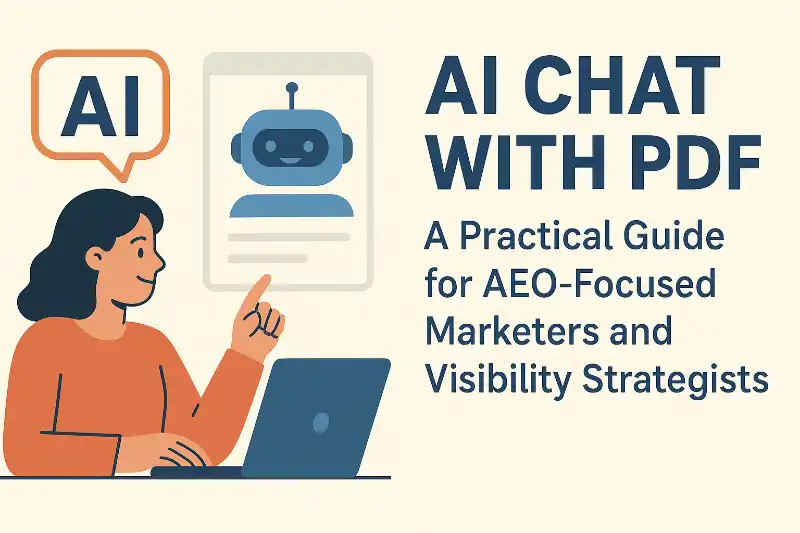The 2025 SEO Writing Blueprint: Rank Higher with Google’s Helpful Content Guidelines
Google’s recent core updates have one clear message: publishers who put users first win. If your content still begins with the question “How do I squeeze in more keywords?”—this guide will help you flip that script.
1. Lay the Strategic Foundation
| Pillar | What to Decide | Key Takeaway ||
| Audience & Intent | Map every query to a job-to-be-done: informational, commercial, or transactional. | The March 2024 Core Update targets pages made “just to attract clicks” and rewards those that satisfy user intent. ||
| Topical Authority | Use a pillar-cluster structure to cover your niche thoroughly. | Google's topic authority system prioritizes interconnected, comprehensive coverage. ||
| E-E-A-T Signals | Show Experience, plus Expertise, Authority, and Trust. | Google’s quality guidelines now value first-hand experience alongside traditional expertise. Learn more ||
| Information Gain | Add fresh insight — original data, real-life stories, new 2025 stats. | Google’s Helpful Content system flags low-value rewrites; unique contributions now matter more. ||
2. From Idea to Published Page: Tactical Execution
A. Research & Outline
Topic–Cluster Mapping
Start with a key pillar (e.g., Single Sign-On), then break it into related support clusters (SCIM, SAML vs OIDC, Enterprise Readiness, etc.).
Use a mind map or spreadsheet to ensure internal linking and topic coverage.
Entity-Rich Keyword Mining Pull insights from:
Google’s People Also Ask
Gaps in top-ranking competitors (via Ahrefs, Semrush)
Reddit, Quora, and Stack Overflow threads
Long-tails with 2025 modifiers (“checklist”, “for SaaS”, “in 2025”)
Want a deeper breakdown? Explore our guide on advanced keyword research strategies to uncover long-tail gems and semantic entities that rank.
SERP Feature Scan Study current search results for your keyword:
Is it video-heavy? Add a YouTube summary.
Does it include How-To or FAQ snippets? Add a matching schema.
B. Draft & Optimize
| Element | Best Practice ||
| Title Tag | ≤ 60 characters, front-load with the main entity (e.g., “Enterprise SSO”), include benefit. ||
| Intro | Hook → Unmet Need → Proof (stat, story, etc.) ||
| Headings (H2/H3) | Reflect sub-intents and include semantic variations. ||
| Media | Insert original charts, code, or screenshots every 300–400 words. ||
| Schema Markup | Use FAQPage, HowTo, or TechArticle schemas based on content structure. ||
| Internal Links | Add at least 2 links to related cluster pages and 2 back to your main pillar page with descriptive anchor text. Learn more ||
| External Links | Link to trusted sources like Google’s blog, NIST, OWASP, Moz, or vendor docs (e.g., Auth0, WorkOS). ||
3. Publish, Promote, Persist
Velocity Push On publish day, share the article via:
LinkedIn/Twitter post
Slack/Discord drops in niche groups Embed click-to-tweet quotes to boost shares.
Link-Earning Hooks Add embeddable assets:
Google Sheets with your data
Visual flowcharts or infographics
Calculators/tools (e.g., “SSO ROI Estimator”)
SEO QA Loop Post-indexing, go to Google Search Console → Performance → Queries. Find unexpected impressions → Add jump links, sub-sections, or update content to match that demand.
Refresh Content Set a 4–6 month reminder to:
Replace outdated stats or screenshots
Improve page load/core vitals
Add new schema types that Google supports
4. Traffic-Winning Content Formats
| Format | Why It Works | SaaS Security Blog Example ||
| Comparison Matrix | Evergreen demand + high info gain | Auth0 vs WorkOS vs SSOJet: 2025 Feature Showdown ||
| Case Study Teardown | Shows experience, builds trust | How a 6-person team closed Fortune 500 deals with SCIM in 14 days ||
| Interactive Tool | Naturally earns backlinks & leads | SSO ROI Calculator: In-house vs Outsourced Time Savings ||
| Checklist PDF | Bookmarkable and link-worthy | Enterprise SSO Readiness Checklist (Print-Friendly) ||
| Data Roundup | Unique stats earn citations from journalists and bloggers | Every SSO CVE from 2019–2024 with Patch Delays & Trends ||
5. Common Pitfalls to Avoid
Keyword Stuffing or Thin AI Rewrites These are directly targeted by Google's Helpful Content System.
Fluffy Intros That Don’t Deliver Answers Fast Google’s Passage Ranking may pick it up, but users will bounce if they don’t find quick value.
Bad UX Core Web Vitals, excessive pop-ups, or slow mobile speed can hurt your whole site during a core update. Learn More
✅ Your 4‑Step Execution Plan
Pick one pillar topic to “own” this quarter.
Map 6–8 clusters, and outline them before writing a single word.
Write with intent fulfillment + unique insights.
Launch → Interlink → Promote → Analyse → Refresh → Repeat.





